Despite the falling rain, the officers of the French Triomphant-class submarine Téméraire stood at attention in a dark blue line. Above them towered a Cross of Lorraine rising 145 feet above the rolling green countryside of the French province of Champagne. Government officials from the Department of Haute-Marne ranged in another line.
It was the 10th anniversary of the unusual twinning of the Haute-Marne region with one of France’s most prestigious naval vessels and a solemn ceremony taking place at the Charles De Gaulle monument and museum outside the village of Colombey-les-Deux-Eglises. I had come to see the museum and was lucky to catch sailors and officials unfurling flags, examining colors, and saluting each other with military precision.
At the end of the event, everyone began to sing “La Marseillaise.” Only an observer until then, I joined in when the words I learned from a high school French teacher came roaring back. The music burst through the rain and the fog and resonated against the gigantic symbol of the French Resistance that dominated the site. De Gaulle had been unhappy about the planned monument, and my guide Thomas whispered De Gaulle’s prediction, “No one will come and see this except the rabbits and it will invite the rabbits to resist.” I don’t know about the rabbits but history has proven him wrong about the visitors.
Inside the museum perched on at the edge of a hill above fields of wheat and Champagne grape vineyards is an exhaustive group of exhibitions documenting not only De Gaulle’s history, but that of 20th century Europe. School kids sat wide-eyed as films of the North African World War II desert campaign rolled tanks across a movie screen while others explored a recreated trench from World War I. In the corners of the galleries were tucked the secret radios, code books, and other communication devices that the Resistance had used. But the post-war history of France was present and accounted for as well. “This is the public man on display,” Thomas told me, “at La Boisserie you will see the private one.”
La Boisserie was De Gaulle’s private home nearby and is still owned by his descendants. Once a brewery, the house is a surprisingly modest two-story stone building set in a landscape of forest and gardens. On the walls and across the tops of furniture sit framed photographs of family and oddly assorted Allied leaders—Eisenhower and Haile Selassie, the Grand Duchess of Luxembourg and the President of Liberia—complete with antiques, paintings, and tapestries. “De Gaulle only entertained one head of state here,” Thomas told me, “and that was Konrad Adenauer, Chancellor of Germany. The visit was meant to mark the reconciliation of their nations.”
History is thirsty work and Champagne is well-known for its liquid refreshment. Located in the village of Essoyes, a 50-minute drive from Colombey-les-Deux-Eglises, are the tasting rooms of Charles Collin Champagne. Wine enthusiast Sebastien Petiteaux led me through a pantheon of pink and gold varieties from Selection Brut to Cuvee Charles Millesime. My favorite was the subtle softness of La Belle Gabrielle, a pale gold plume of bubbles that contains 80 percent chardonnay and 20 percent pinot noir grapes. It is a rare treat, with only 5,000 bottles produced each year.
“Making wine is like making music,” Sebastien explained. “If you have a few white keys on the piano it’s nice but if you add the whole keyboard—a little chord here, a little chord there—you get a complicated composition.”
A 90-minute drive from Essoyes lays the medieval city of Troyes, a UNESCO World Heritage Site and a deeper step back into Champagne’s past. When the powerful Counts of Champagne ruled from their palace in the Middle Ages, Troyes was one of the cultural wonders of Europe. The art of courtly love with its knights and ladies, chivalry, and poetry was invented here at the court of Countess Marie de Champagne, daughter of the formidable Eleanor of Aquitaine.
Marie was an intellectual so committed to learning that she named her daughter Scholastique and inspired her court poet Chrétien de Troyes to create the Arthurian character of Lancelot. Where Colombey-les-Deux-Eglises and Essoyes are villages, no matter how world renown, Troyes has majesty about it from its days of cultural and political greatness.
When Henry V of England defeated the forces of France at Agincourt in 1415, he forced a marriage with the French king’s daughter in the Troyes church of St. Jean. The streets of the town today are lined with half-timbered houses, and churches overflowing with sculpture are punctuated by brilliant stained glass. In the Cathedral of St. Peter and St. Paul, 13th-century windows line the apse and, when the light shines through, paint the stone of walls and floors with rich, rainbow colors.
When I got to Troyes the place I headed for was the public library. Here in an inner room made of glass are kept the 25,000 books that date back a thousand years and once belonged to the great Cistercian abbey of Clairvaux. The oldest volume in the library dates from the 7th century. The librarian, M. Gandil, kindly agreed to show me some of the books and pulled three volumes from the vaults. One, a Bible dating from 1130, was given by Count Thibault to St. Bernard of Clairvaux. It contained illuminated lettering and lively little scenes, including one of David and Bathsheba. As M. Gandil opened an even larger volume dating from 1150, he explained that this Bible had been created just for the monks themselves and so no gold was used in the illuminations.
In Champagne, it’s possible to go even further back into the past. The Art and History Museum in the medieval walled town of Langres is built over a Roman villa and its intricate floor of geometric mosaic still sits where it was originally installed nearly 2,000 years ago. From the architecture of Rome to the art of chivalry, the ages of Champagne like its famous wine bubble up everywhere.
Susan James is a freelance writer based in Los Angeles. She has lived in India, the U.K., and Hawaii, and writes about travel, art, and culture.

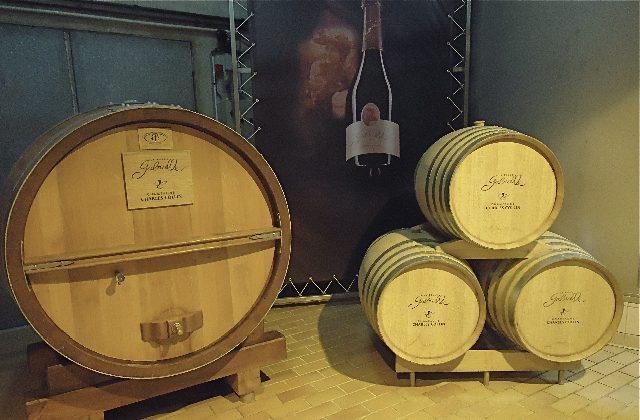
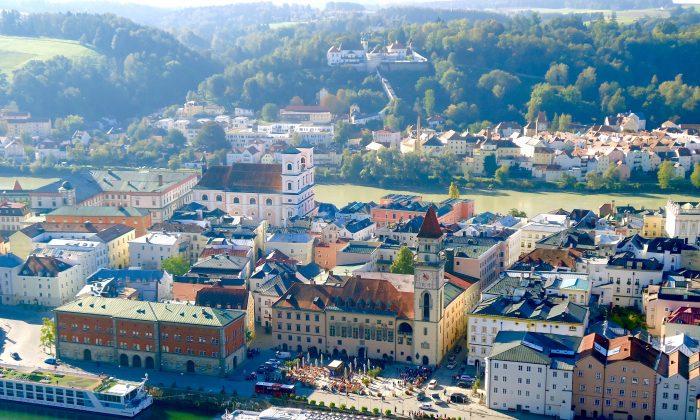
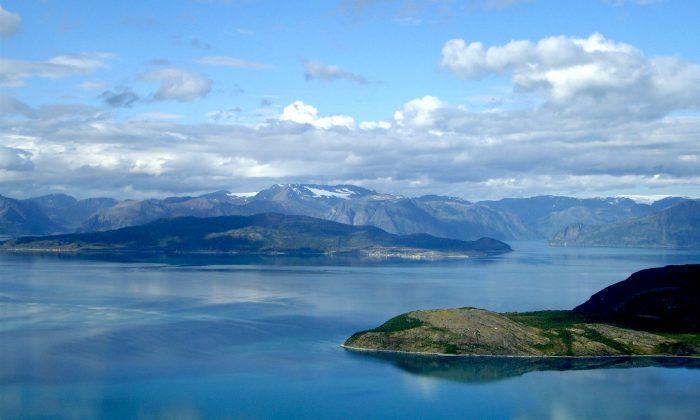
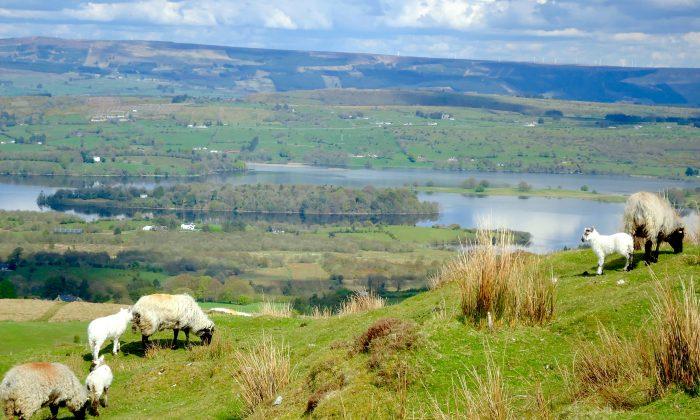
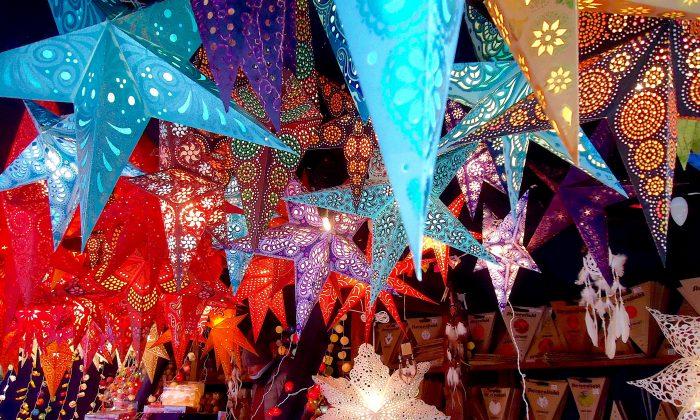
Friends Read Free